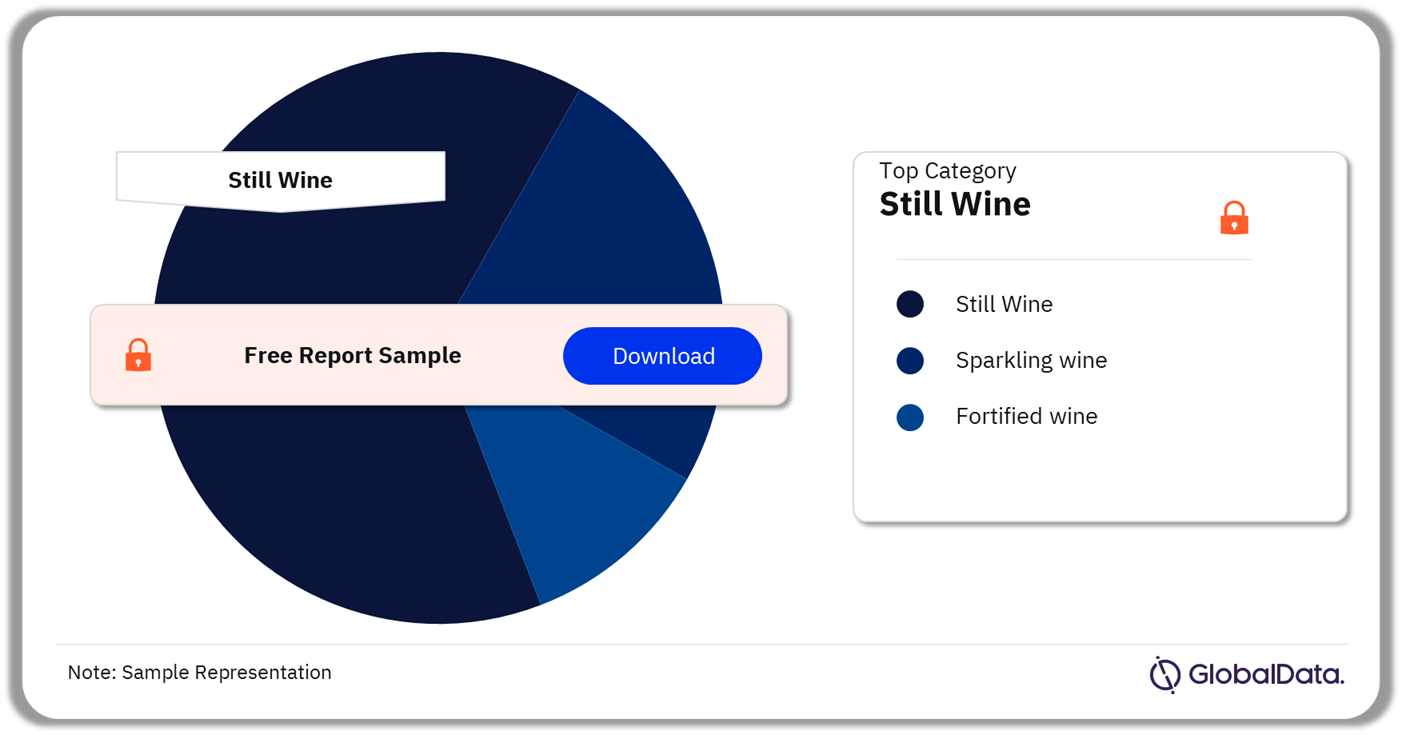The Role of Technology in the Wine Market: From Vineyard to Cellar
Author : Pavan Kumar | Published On : 06 May 2024
Technology plays a significant role in the wine market, transforming various stages of the winemaking process from vineyard management to cellar operations.

Buy the Full Report for Information on the Wine Categories
Download a Free Sample Report
Here's how technology is shaping the wine industry at each stage:
-
Vineyard Management:
- Precision Agriculture: Technologies such as GPS, drones, and satellite imaging enable precision agriculture practices in vineyard management. Winemakers can collect detailed data on soil composition, moisture levels, and vine health, allowing for targeted irrigation, fertilization, and pest control strategies.
- IoT Sensors: Internet of Things (IoT) sensors can monitor environmental conditions in the vineyard, including temperature, humidity, and sunlight exposure. These sensors provide real-time data to winemakers, allowing them to optimize vineyard operations and make informed decisions to maximize grape quality and yield.
- Weather Forecasting: Advanced weather forecasting tools help winemakers anticipate weather patterns and extreme events that may impact grape growing conditions. By leveraging weather data, wineries can implement proactive measures to mitigate risks, such as frost protection systems and hail nets.
-
Grape Harvesting:
- Mechanical Harvesters: Mechanical harvesters equipped with sensors and sorting mechanisms can efficiently harvest grapes while minimizing damage to vines and berries. These machines improve harvest efficiency and reduce labor costs, especially in large-scale vineyards.
- Robotic Harvesting: Emerging technologies such as robotic grape harvesters are being developed to automate the harvesting process further. Robotic systems equipped with computer vision and machine learning algorithms can identify and selectively harvest ripe grapes, enhancing precision and minimizing waste.
-
Winemaking:
- Fermentation Control: Temperature control systems and fermentation monitoring tools help winemakers maintain optimal fermentation conditions and manage yeast activity. Automated fermentation tanks equipped with sensors and actuators allow for precise temperature regulation and fermentation management, ensuring consistent wine quality.
- Laboratory Analysis: Advanced analytical instruments and laboratory equipment enable wineries to perform in-depth analysis of grape juice and wine samples. High-performance liquid chromatography (HPLC), gas chromatography-mass spectrometry (GC-MS), and spectrophotometry are used to assess chemical composition, detect contaminants, and monitor fermentation progress.
- Winemaking Software: Winemaking software platforms and digital tools streamline cellar operations, batch tracking, and recipe management. These software solutions help winemakers track production processes, record data, and maintain compliance with regulatory requirements. Some platforms also offer predictive analytics capabilities to optimize winemaking decisions based on historical data and trends.
-
Wine Aging and Maturation:
- Barrel Management Systems: Automated barrel management systems control environmental conditions such as temperature and humidity in wine cellars to optimize wine aging and maturation. These systems ensure consistent aging conditions and minimize the risk of spoilage or off-flavors during barrel aging.
- Alternative Aging Technologies: Innovations such as oak alternatives, micro-oxygenation devices, and ultrasonic aging systems offer alternatives to traditional barrel aging methods. These technologies allow winemakers to accelerate aging processes, enhance flavor extraction, and achieve desired wine characteristics more efficiently.
-
Quality Control and Packaging:
- Bottling and Packaging Machinery: Automated bottling lines and packaging machinery streamline the bottling and packaging process, increasing production efficiency and consistency. These machines can fill, cork, label, and seal bottles at high speeds while minimizing product waste and contamination risks.
- Quality Assurance Tools: Quality control instruments such as sensory analysis panels, gas chromatographs, and mass spectrometers help wineries assess wine quality and consistency before bottling. These tools enable winemakers to detect off-flavors, volatile compounds, and microbial contaminants that may affect wine quality and shelf life.
Overall, technology plays a crucial role in modern winemaking, facilitating precision, efficiency, and quality control throughout the entire wine production process, from vineyard to cellar. Wineries that embrace technological advancements can improve productivity, optimize resource utilization, and produce wines of exceptional quality that meet consumer preferences and market demands.
